Hostile climates come in many forms. Gardeners may face long snowy winters with a short spring, sub-zero temperatures when the ground freezes for months, exposed headlands or hillsides where the wind chill factor takes its toll, or garden at altitude in northern climes with a growing season measured in a few short weeks.
Nothing quenches our desire to create a garden, whatever the challenges.
The hardiness of woody plants is affected by the moisture levels in the soil, a combination of cold and water-logging proving fatal, with drier soils increasing the chance of survival. Even when cut back to the ground by cold weather, plants often re-grow from the base, particularly when they are mulched to protect them from freezing.
Herbaceous plants, which survive many weeks under a blanket of snow, dislike wet, frozen soil during dormancy, so true cold-climate plants need to be robust and tolerant of the conditions. Careful research and selection and 'putting the 'right plant in the right place' is essential for success.
Here's a list of some hardy woody plants to give you inspiration for your cold climate garden.
Autumn
Euonymus planipes
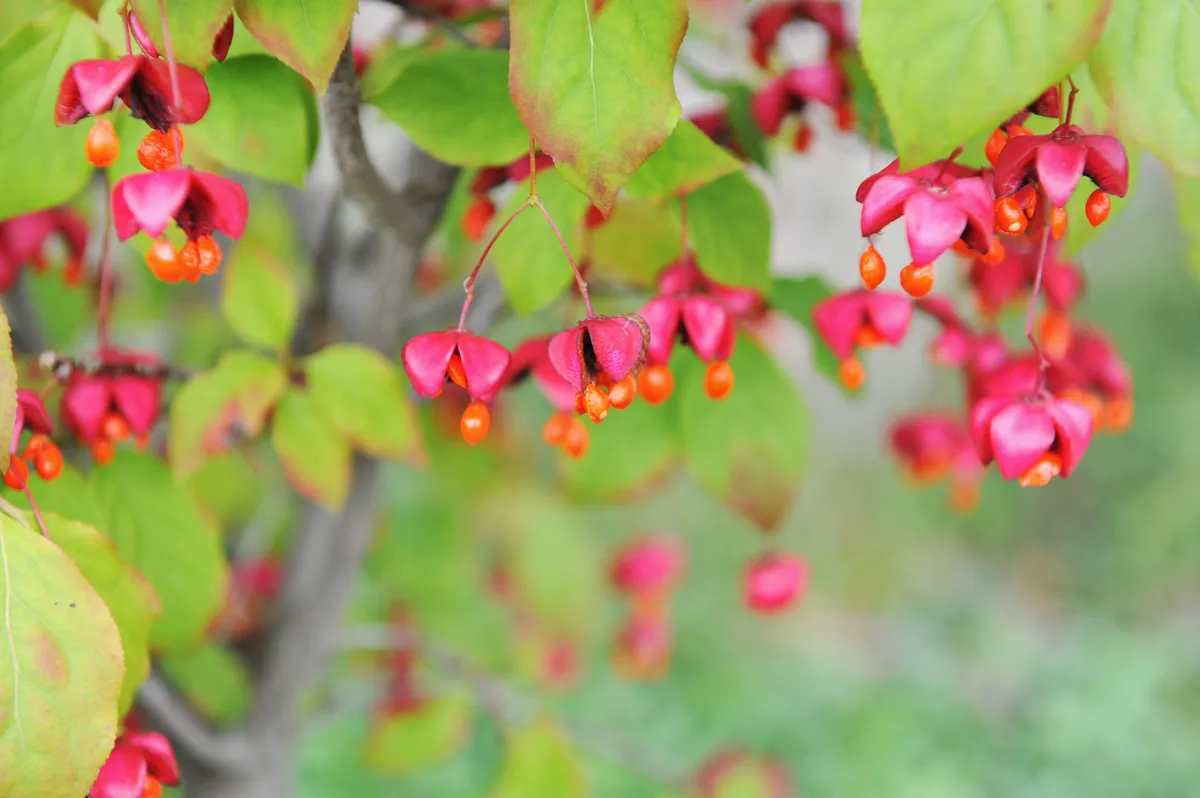
This small, deciduous tree is renowned for its rich-red autumn colour and red fruits that burst open to reveal bright-orange seeds.
Height 3m. Hardiness rating RHS H6, USDA 4a-8b.
Acer palmatum ‘Osakazuki’
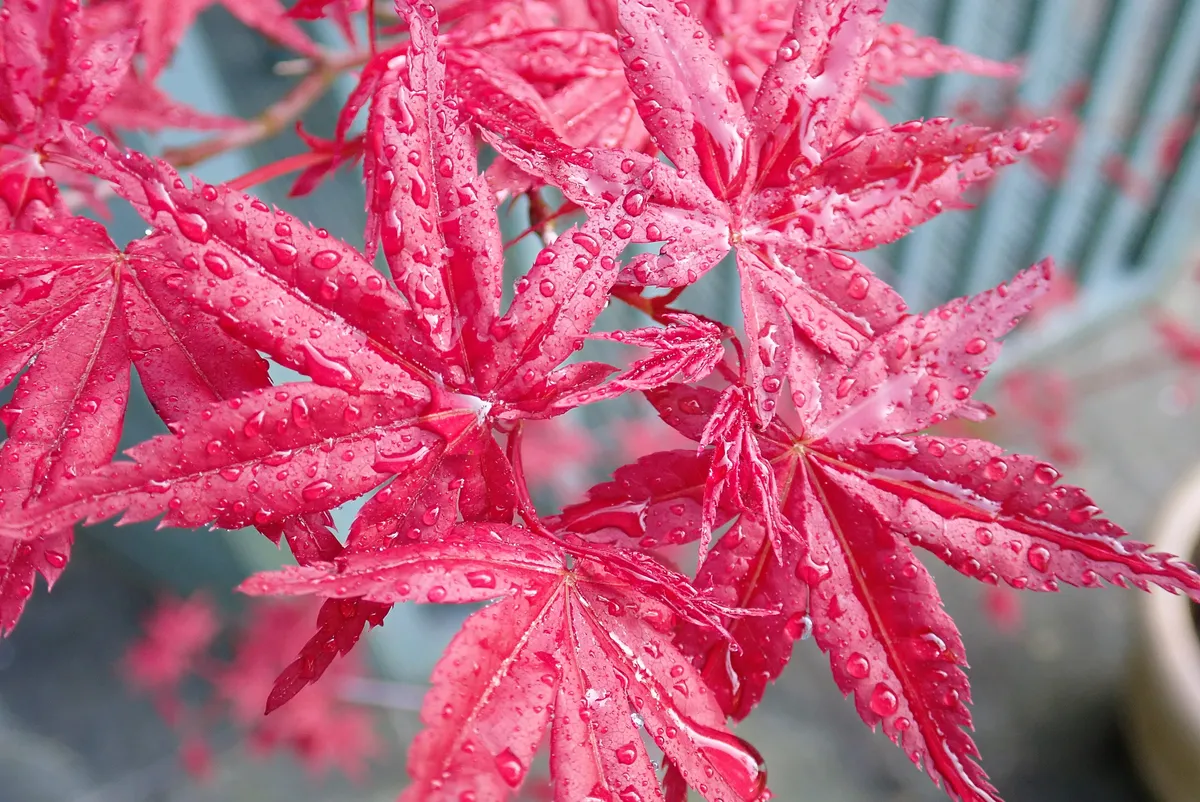
Rightly regarded as one of the finest Japanese maples, its leaves turn a brilliant orange and scarlet in autumn.
Height 4m. Hardiness rating RHS H6,USDA 5b-9a.
Cladrastis kentukea
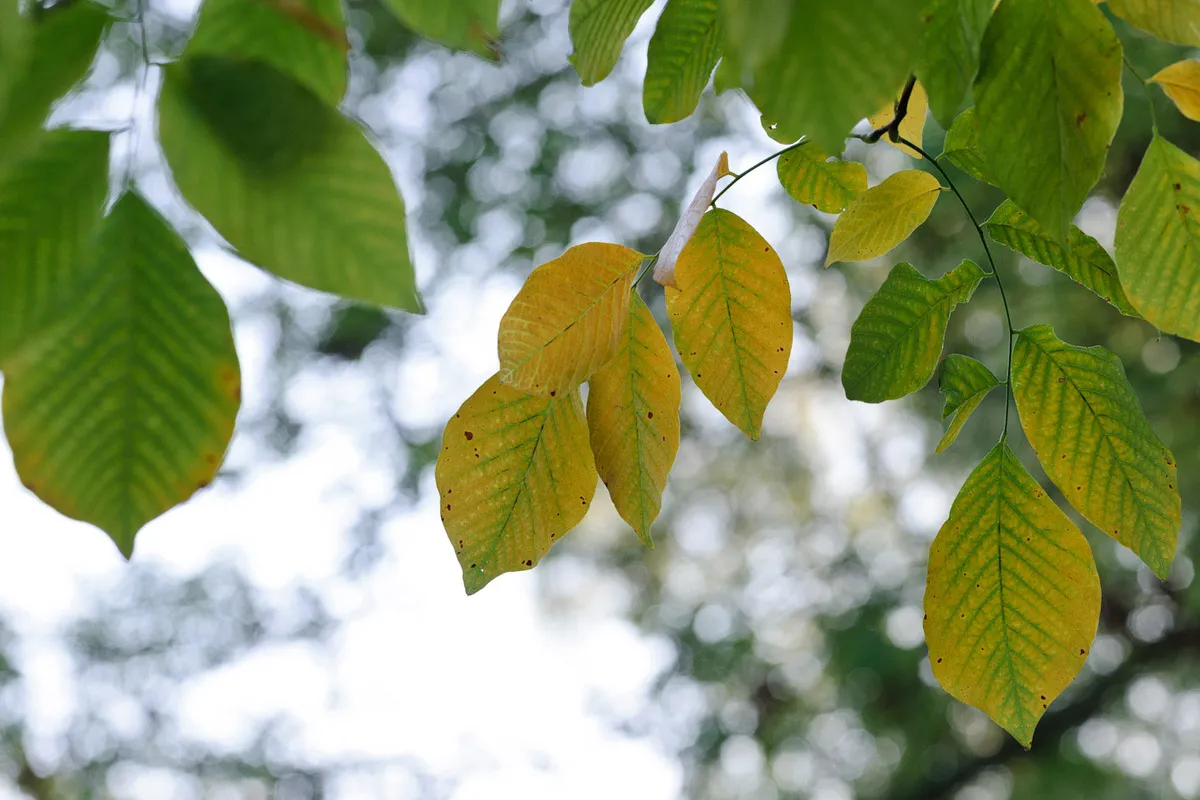
Attractive medium-sized tree with smooth, grey bark and drooping, fragrant, white flowers hanging in clusters. Brilliant-yellow autumn foliage.
Height 15m. Hardiness rating USDA 4a-8b.
Acer japonicum ‘Aconitifolium’
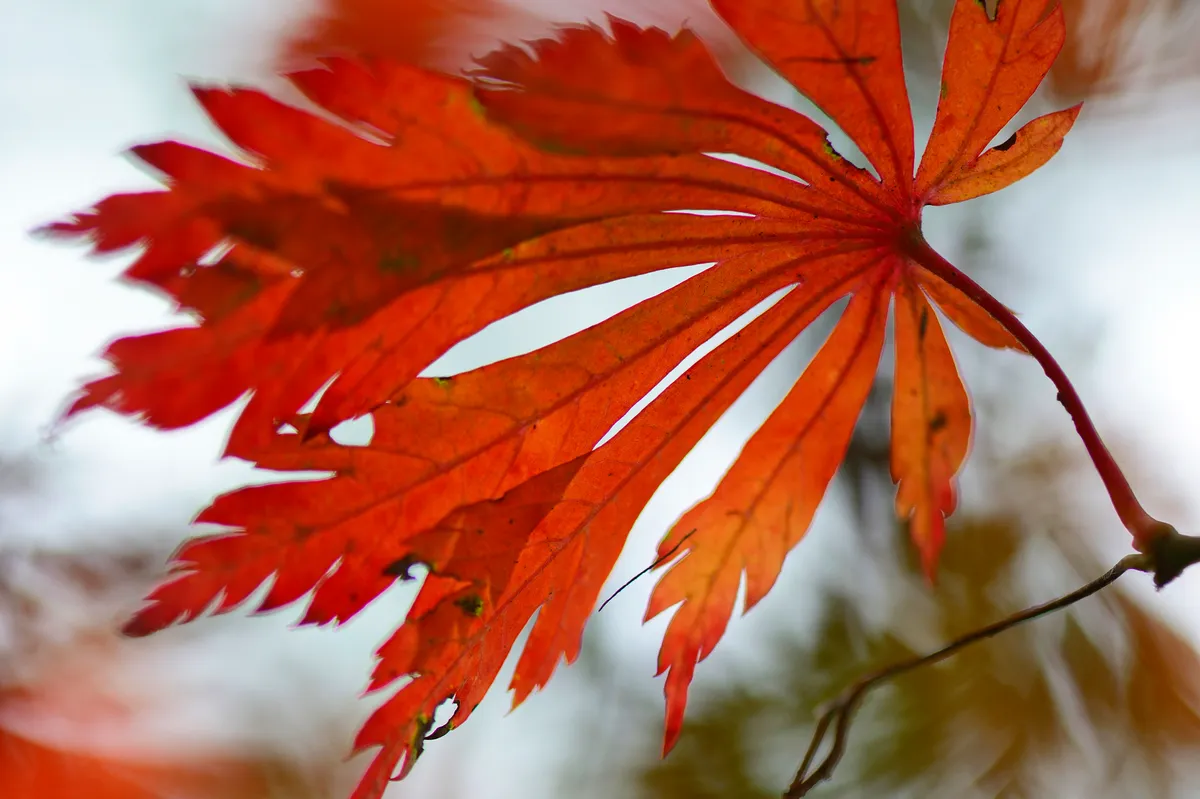
One of the best maples for autumn colour, with leaves offering a multitude of hues. Can be grown as a spreading tree or shrub.
Height 5m. Hardiness rating AGM. RHS H6, USDA 5a-9b.
Winter
Corylus colurna
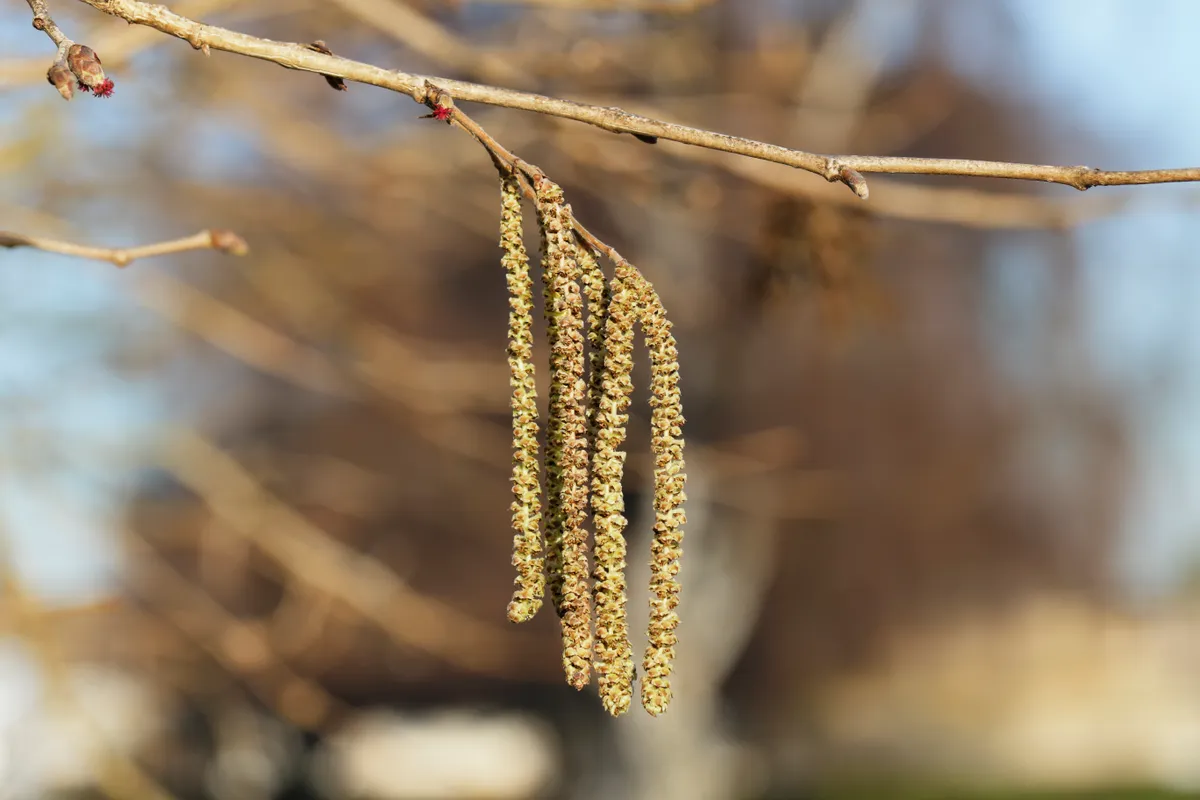
A very symmetrical, beautifully architectural tree. The bark has corky corrugations, foliage is attractive and the nuts are edible.
Height 24m. Hardiness rating RHS H5, USDA 4a-7b.
Ilex x meserveae Blue Princess (= ‘Conapri’)
A spreading, evergreen shrub with spiny, dark blue-green leaves and red berries. There is a male form called Blue Prince (= ‘Conablu’).
Height 2.5m. Hardiness rating RHS H6, 4a-9b.
Find Ilex x meserveae Blue Princess (= ‘Conapri’) through the RHS
Betula utilis var. jacquemontii ‘Doorenbos’
A gorgeous deciduous tree, with an elegant oval crown and white trunk and branches. The bark is fresh orange when it first peels.
Height 15m. Hardiness rating RHS H6, USDA 4a-7b.
Viburnum farreri
Fragrant, white flowers burst from pink buds, on terminal and side shoots followed by coppery leaves in spring.
Height 3m. Hardiness rating RHS H6, USDA 5a-8b.
Spring
Magnolia kobus
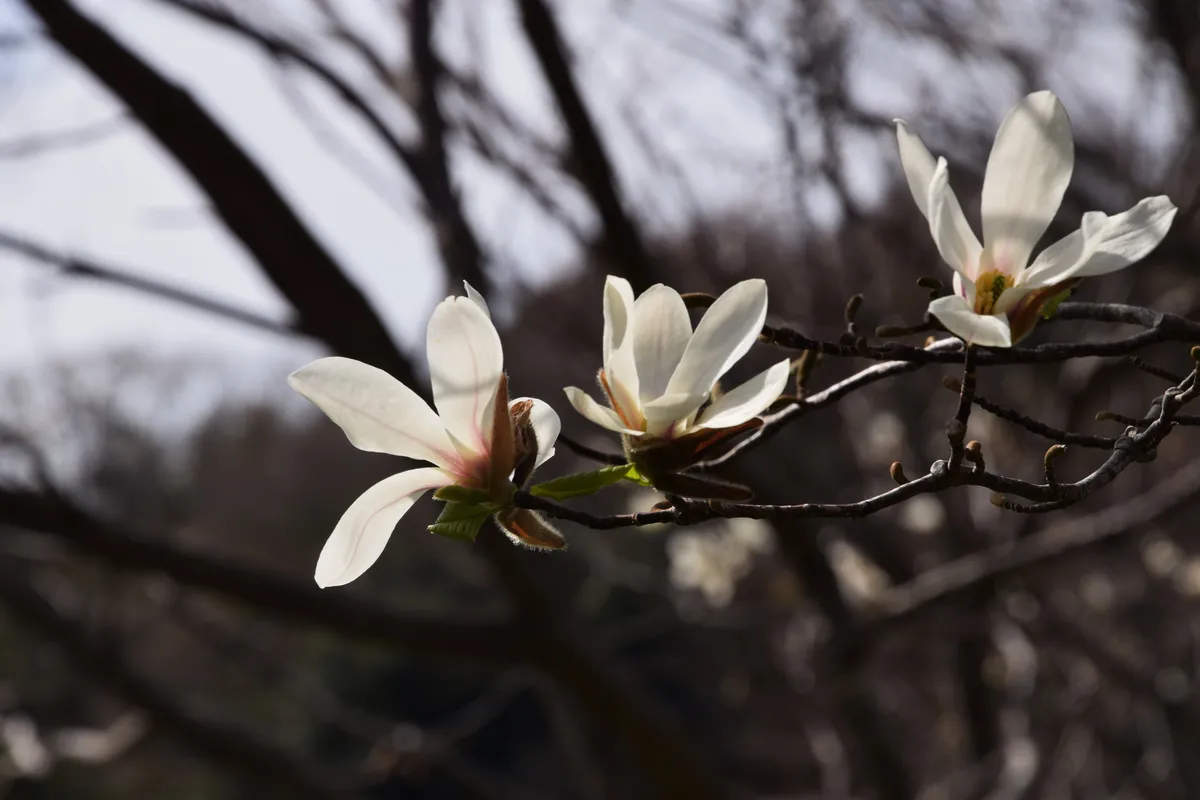
A beautiful, large shrub or deciduous tree, excellent on all soils, including chalk. Fragrant, six-petalled, white flowers
precede pink fruits with scarlet seeds.
Height 10m. Hardiness rating RHS H6, USDA 5a-8b.
Cornus mas
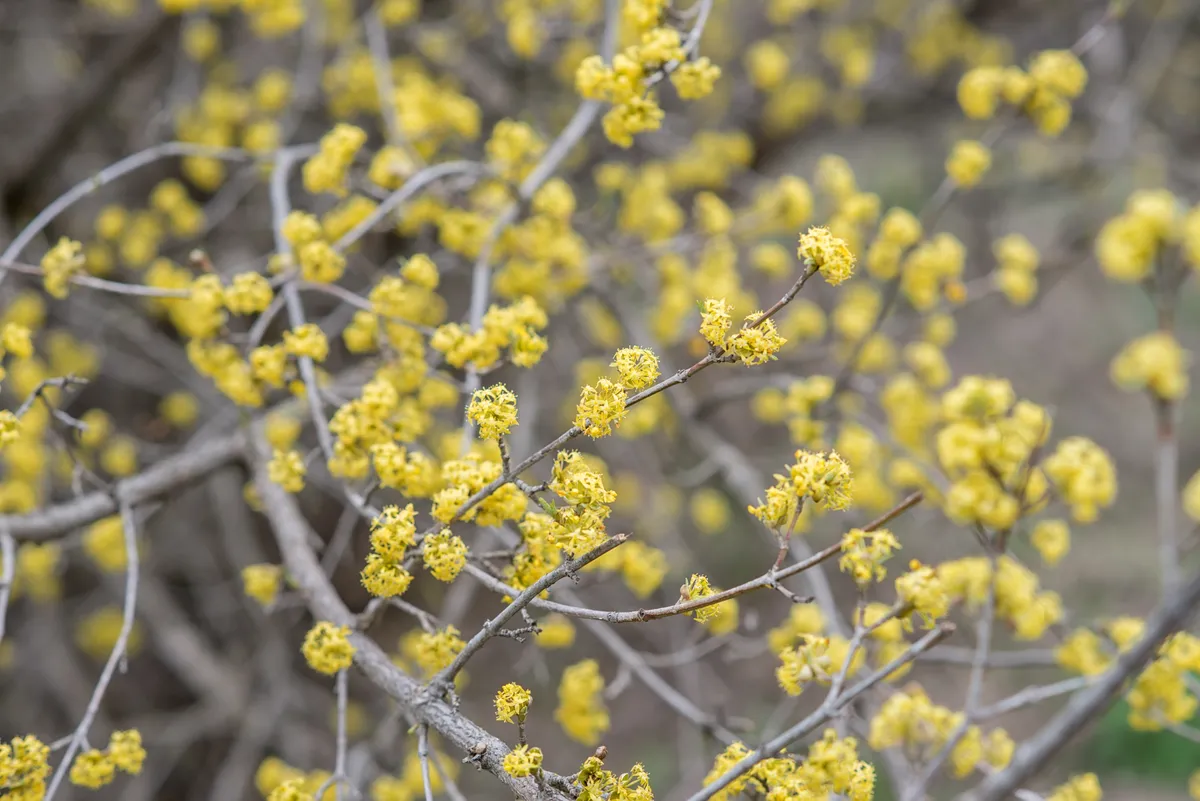
This large, deciduous shrub, or small tree, has reddish-purple, autumn colour followed by masses of yellow flowers on naked branches in early spring and small glossy, red fruits in summer.
Height 5m. Hardiness rating USDA 4a-8a.
Viburnum plicatum f. tomentosum ‘Mariesii’
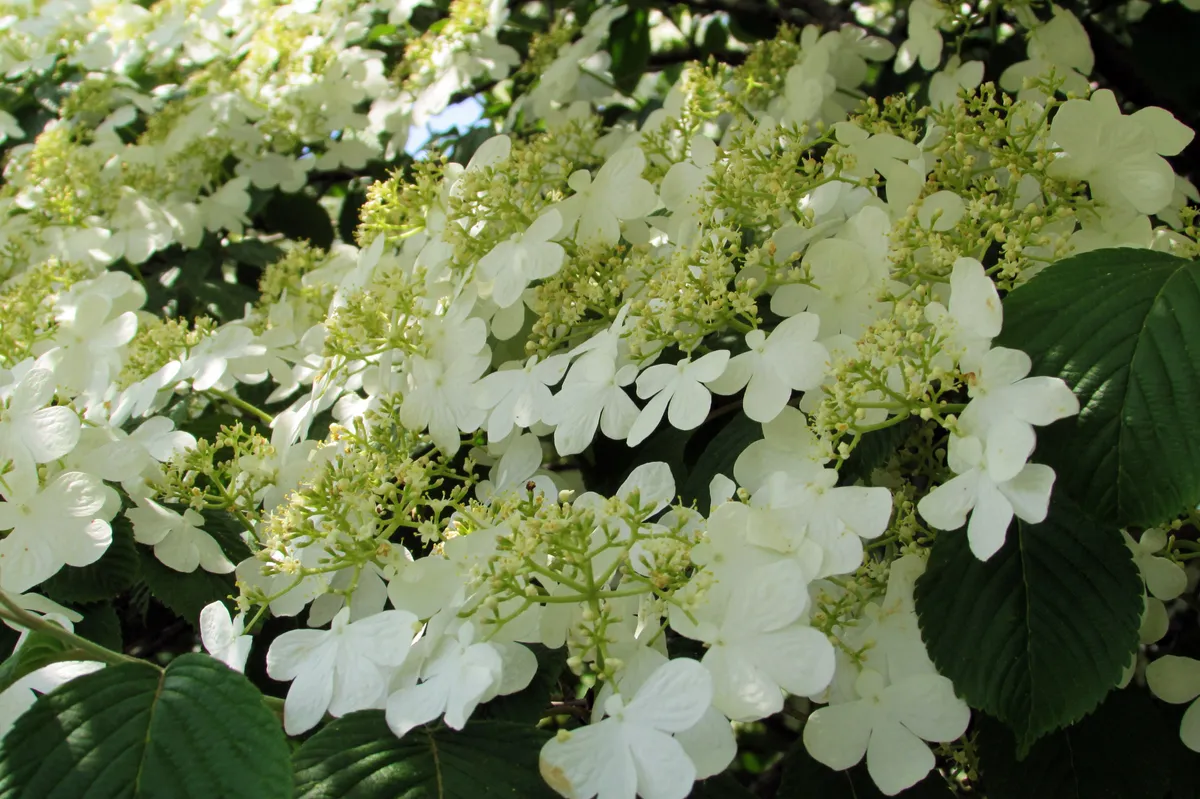
Rows of large, white, lacecap flowers appear in spring in clusters along the tiered branches of this deciduous shrub, with prominently veined, dark-green leaves.
Height 2m. Hardiness rating RHS H5, USDA 5b-9a.
Magnolia x loebneri ‘Merrill’
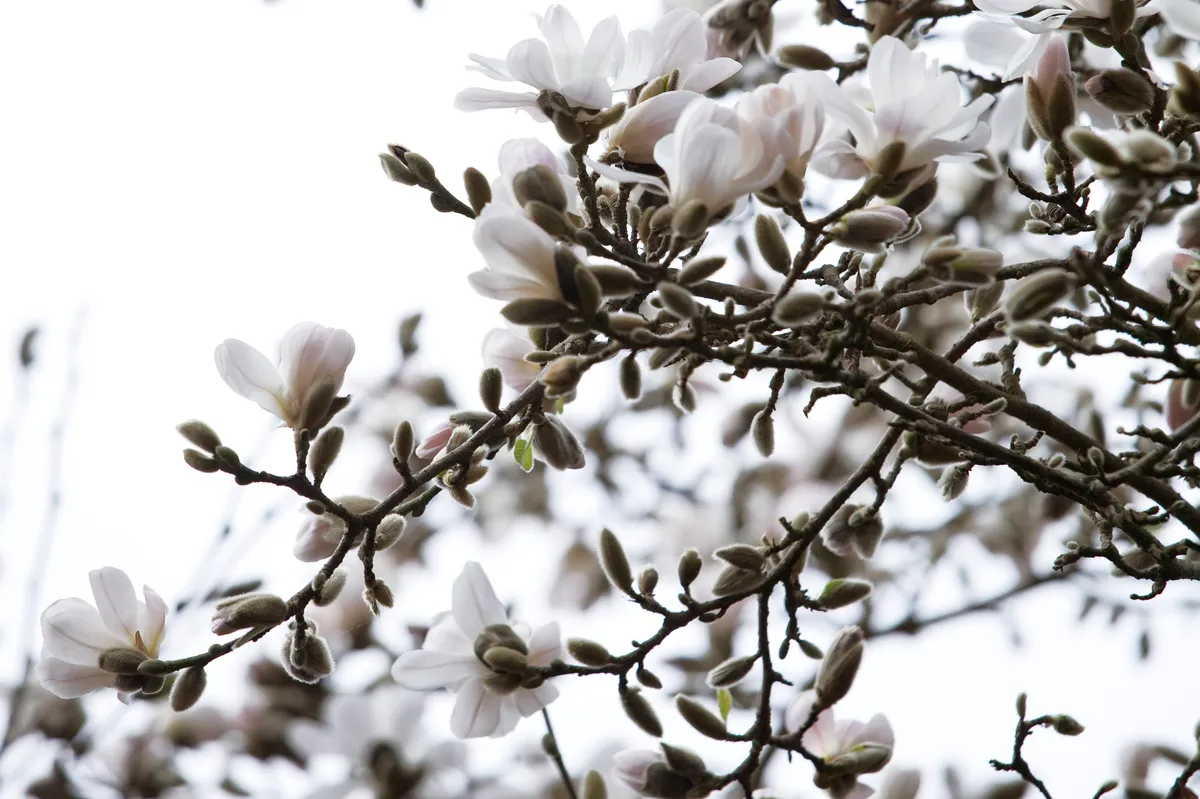
A vigorous small tree, whose fragrant white flowers, measuring up to 10cm across, appear before the leaves. Even young plants will flower freely.
Height 8m. Hardiness rating RHS H6, USDA 5a-9b
Viburnum furcatum
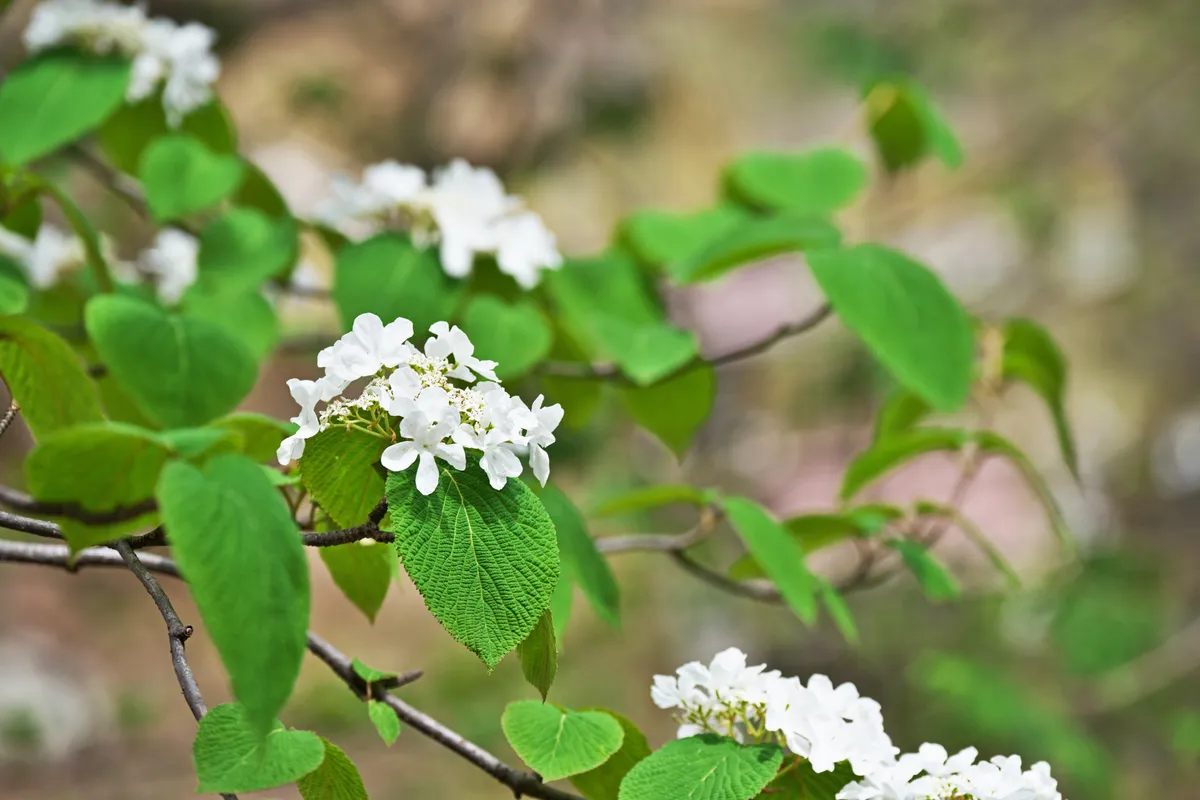
In spring this large and upright, deciduous shrub, has lacecap heads of creamy-white flowers. In autumn red berries that ripen to black complement the autumnal foliage.
Height 7m. Hardiness rating RHS H6, USDA 7a-9b.
Prunus avium ‘Plena’
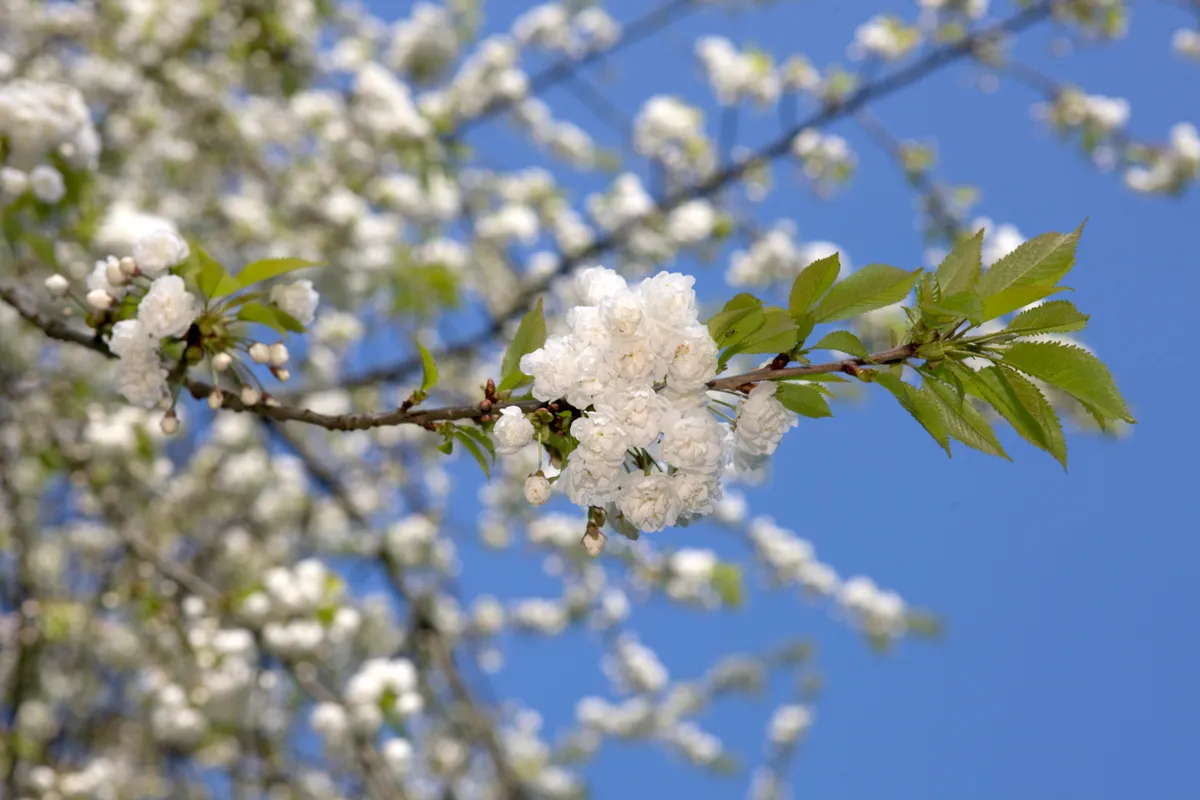
One of the most beautiful native European flowering trees, with attractive bark and decked with hanging clusters of white, double flowers. Autumn colour is vibrant orange-yellow.
Height 12m. Hardiness rating RHS H6, USDA 5a-8b.
Rhododendron ‘Cunningham’s White’
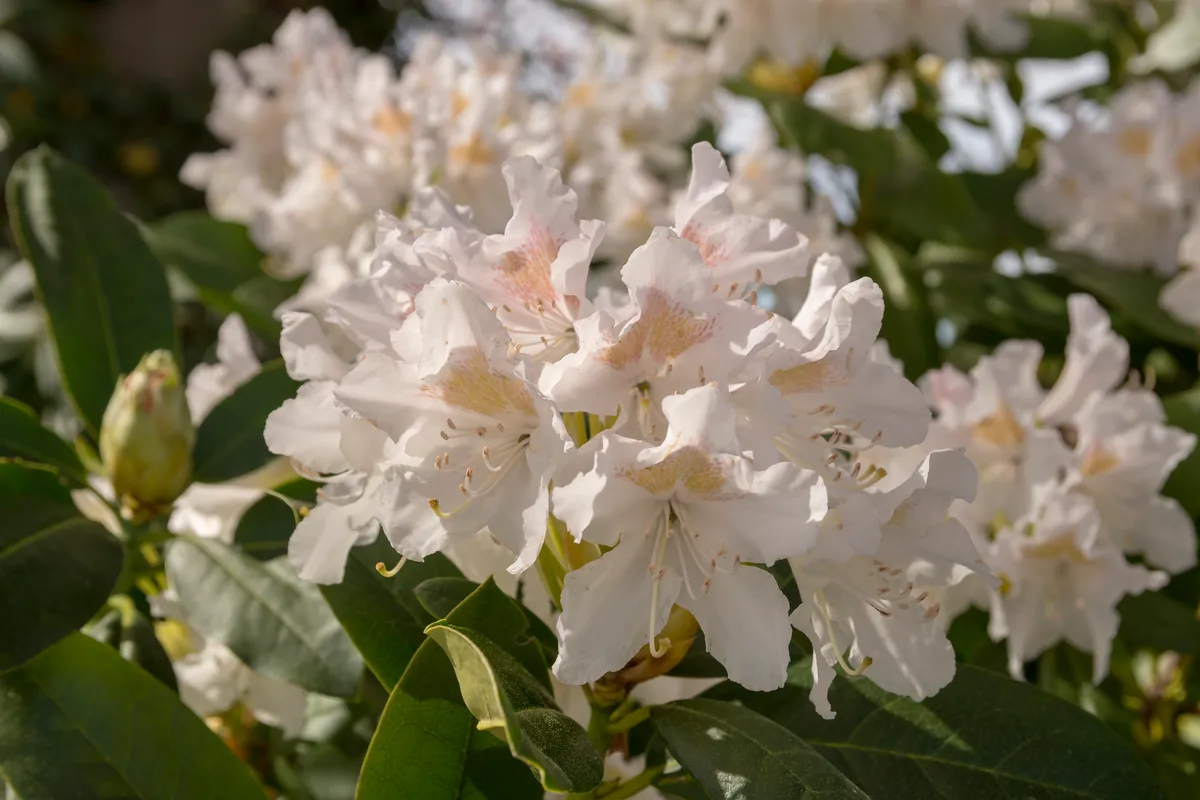
This compact hybrid is one of many cold-hardy rhododendrons. The dark-green leaves, a perfect foil for mauve-pink flowers that fade to white. Tolerates slightly alkaline soils.
Height 2m. Hardiness rating RHS H6, USDA 6a-8b.
Malus ‘Evereste’
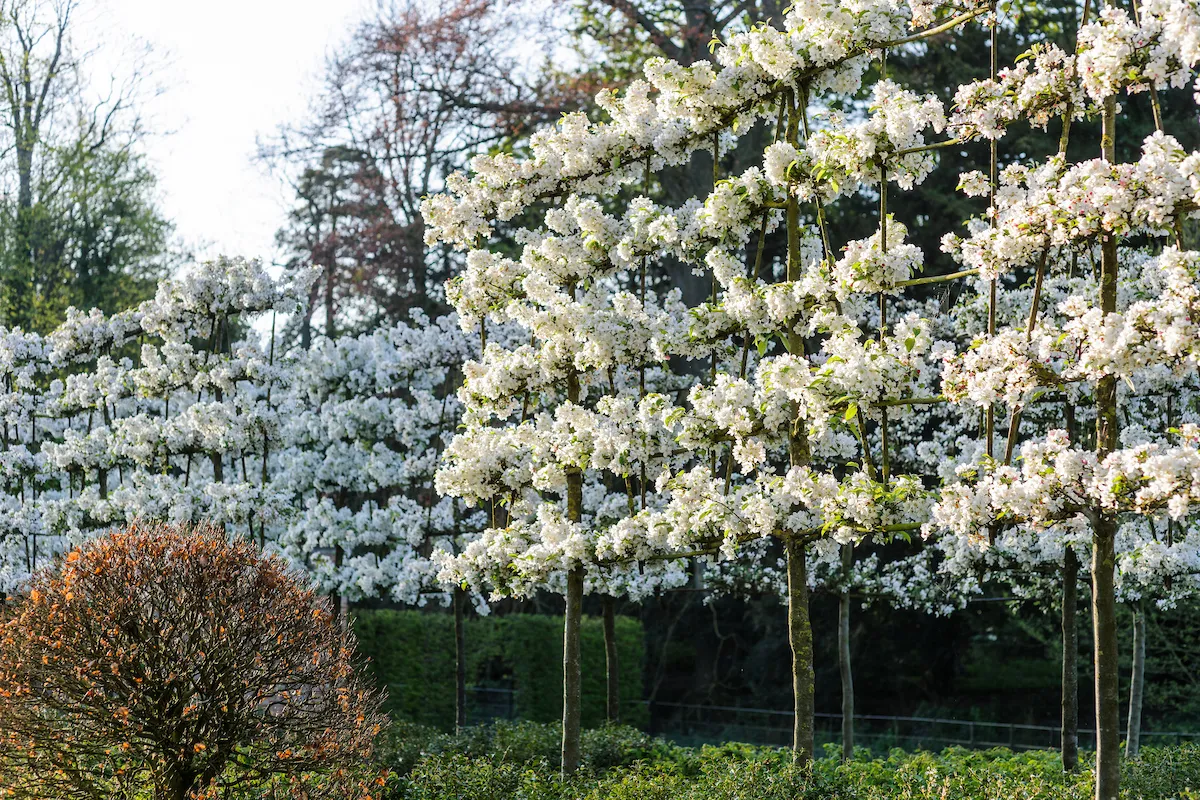
Red buds open to white flowers on this small, conical crab apple that has dark-green, slightly lobed leaves. Flowers are followed by yellow-orange fruits in autumn.
Hieght 7m. Hardiness ratings RHS H6, USDA 4a-8b.
Amelanchier lamarckii
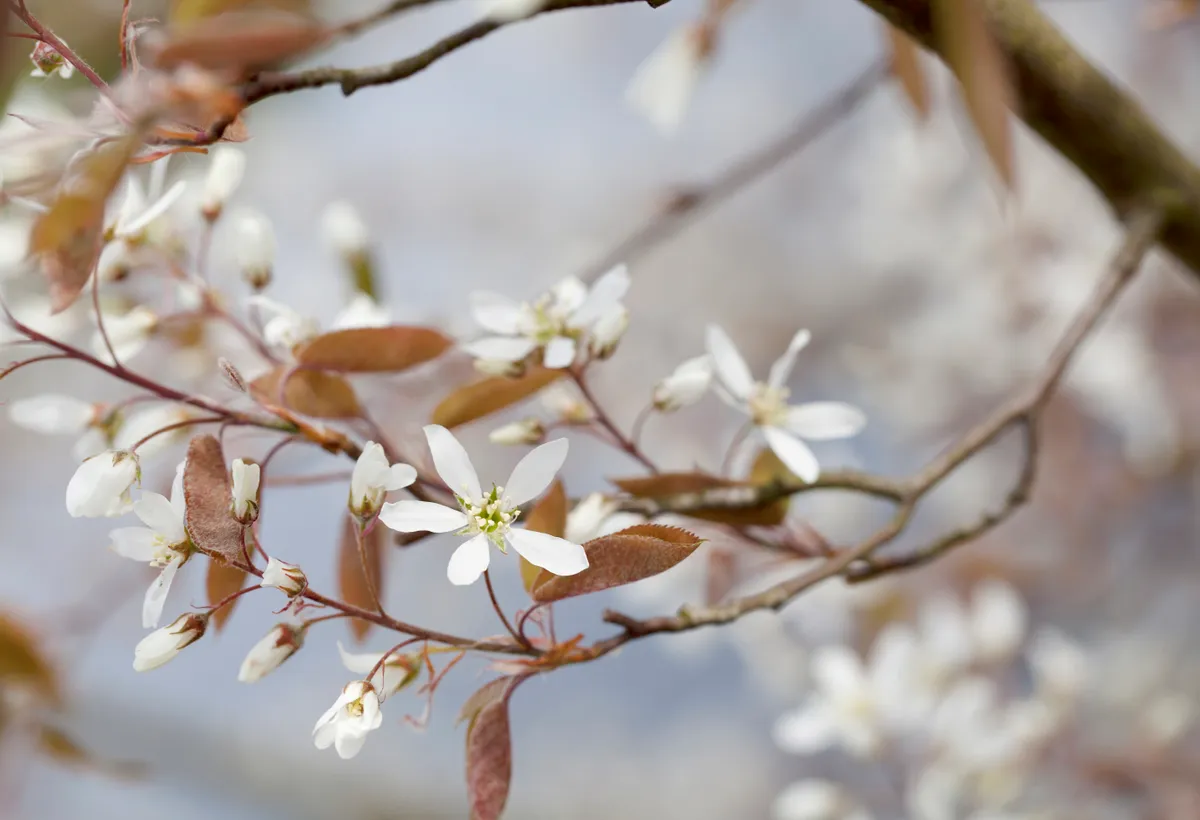
Copper-tinted, young shoots appear alongside clouds of white flowers in spring. In autumn the main draw is its fiery foliage; its dark, autumn berries are soon devoured by birds.
Height 10m. Hardiness ratings RHS H6, USDA 4a-10a.
Summer
Crataegus x lavalleei ‘Carrierei’
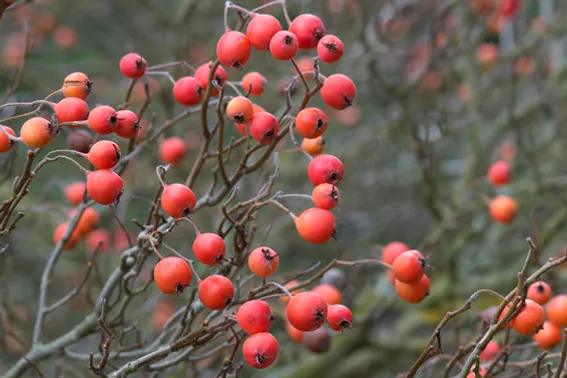
A dense, compact tree that is worth planting for its large, white flowers, but also provides rich, autumn colour and large, long-lasting orange berries.
Height 7m. Hardiness rating RHS H6.
Buy Crataegus x lavalleei ‘Carrierei’ from Ornamental Trees
Rhododendron luteum
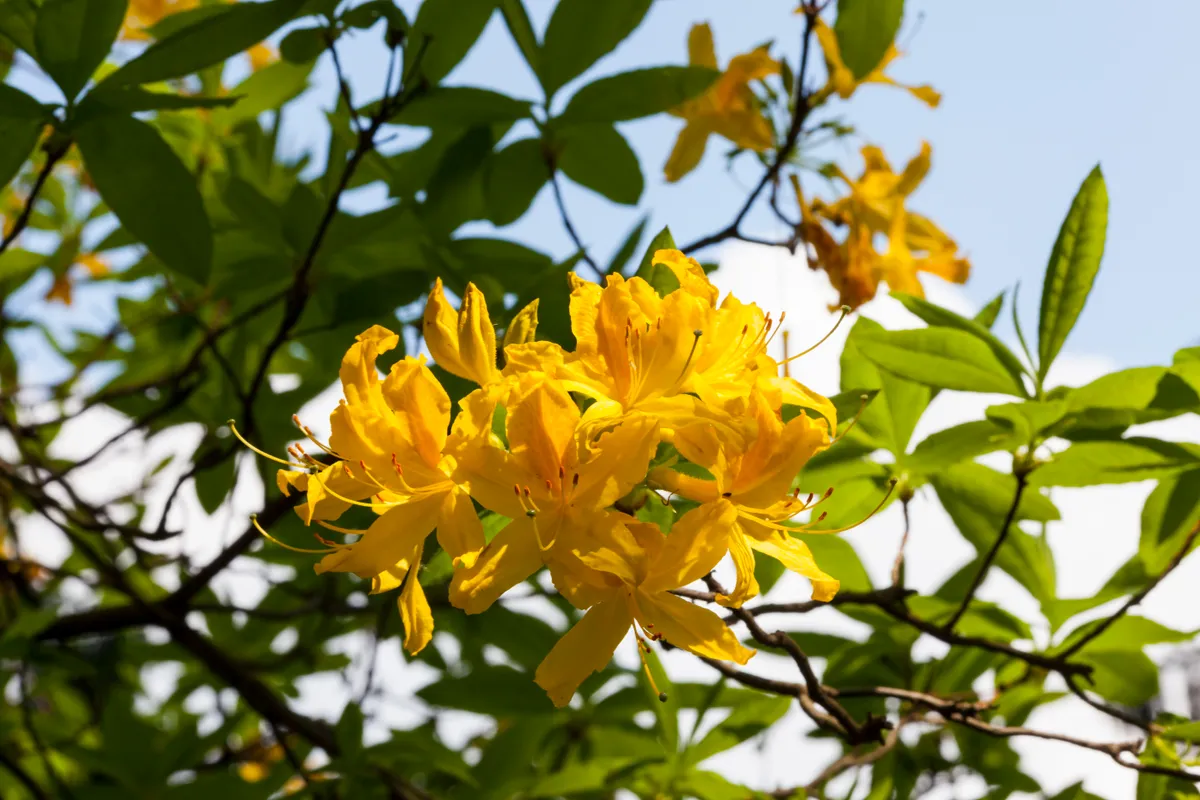
Formerly known as Azalea pontica, this shrub boasts golden-yellow flowers in late spring and early summer that have a sweet, rich fragrance and offers bright, bonfire tones of autumn colour.
Height 4m. Hardiness rating RHS H5, USDA 5a-9b.
Buy Rhododendron luteum from Thompson & Morgan
Hydrangea arborescens ‘Annabelle’
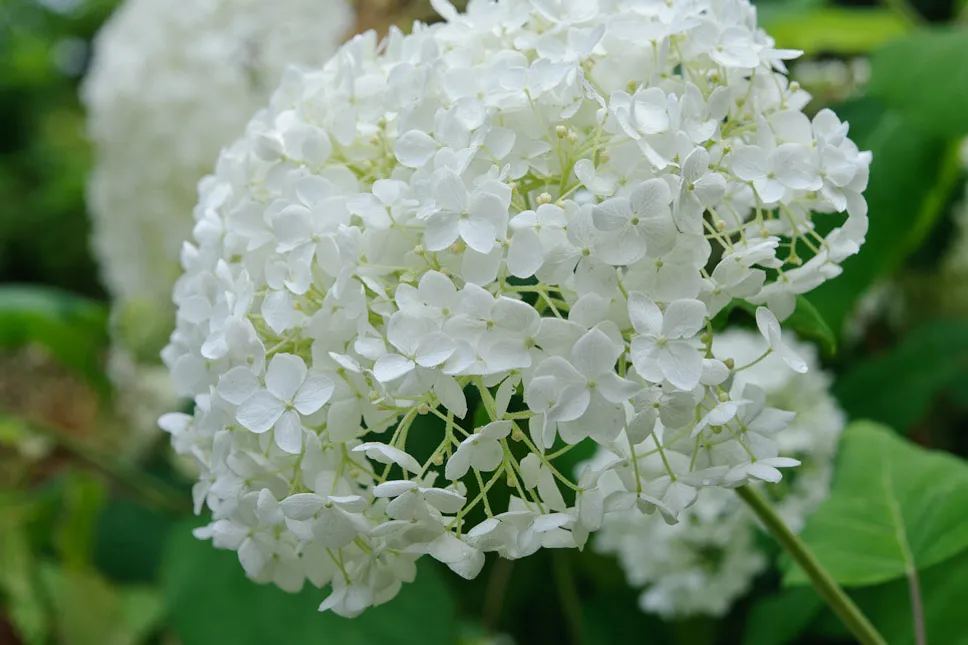
Perfect for growing in pots, this glorious hydrangea has rounded clusters of white sterile flowers up to 25cm across that fade to a pale lime green.
Height 2.5m. Hardiness rating RHS H6, USDA 4a-9b.
Rosa Iceberg (= ‘Korbin’)
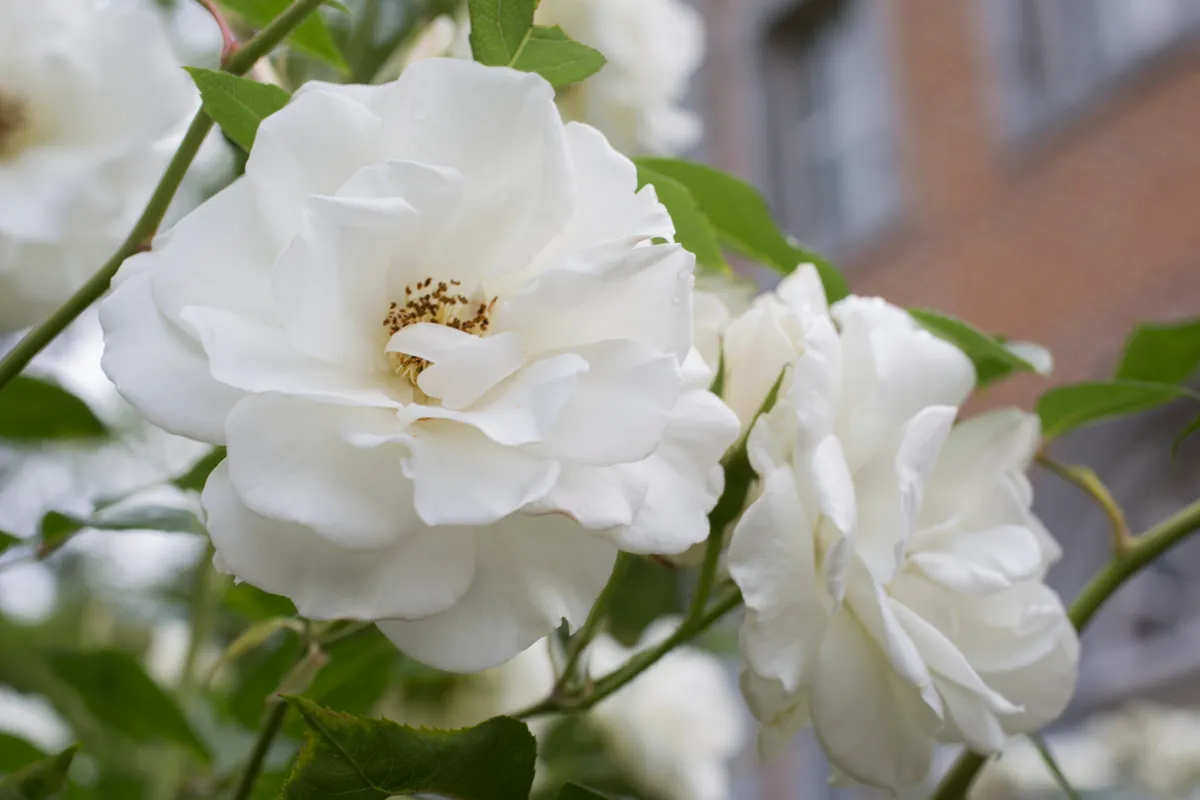
A medium-sized rose with slightly fragrant, double, pure-white flowers that are sometimes tinged pink later in the season. It is robust, reliable and has a long flowering season.
Height 1.2m. Hardiness rating RHS H6, USDA 4a-9a.
Paeonia rockii
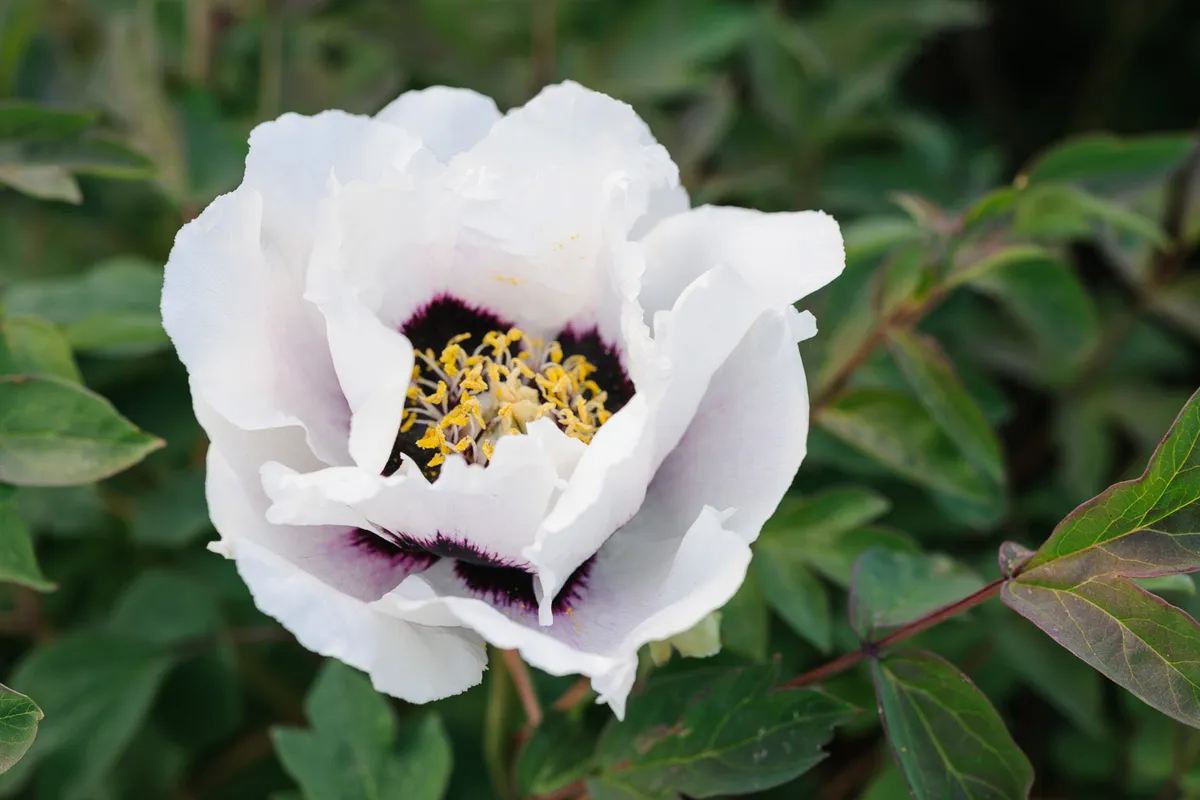
This aristocratic, deciduous shrub has deeply divided foliage and large, pure-white flowers up to 25cm across, with deep-purple blotches at the base. Needs space to grow.
Height 2m. Hardiness rating USDA 5a-9b.
Exochorda x macrantha ‘The Bride’
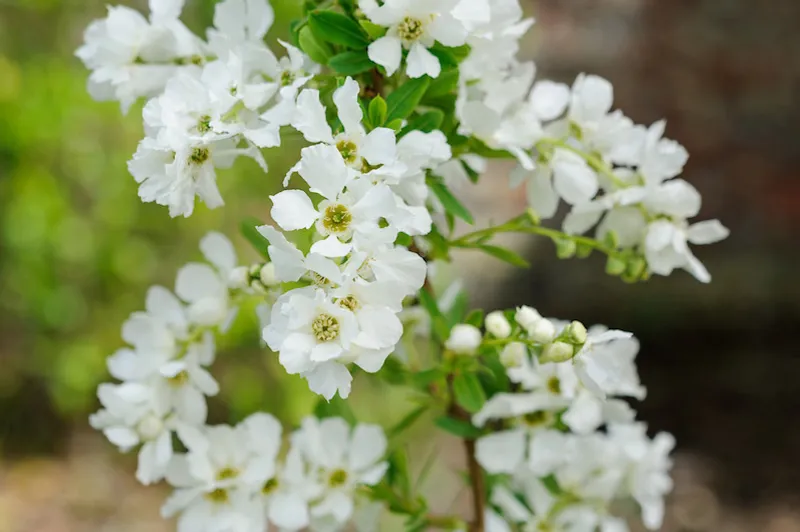
A glorious shrub that has a dense, spreading habit. Its arching branches carry a profusion of white flowers on short spikes in mid to late spring followed by fiery autumn foliage.
Height 2.5m. Hardiness rating RHS H6, USDA 5a-8b.
Perovskia ‘Blue Spire’
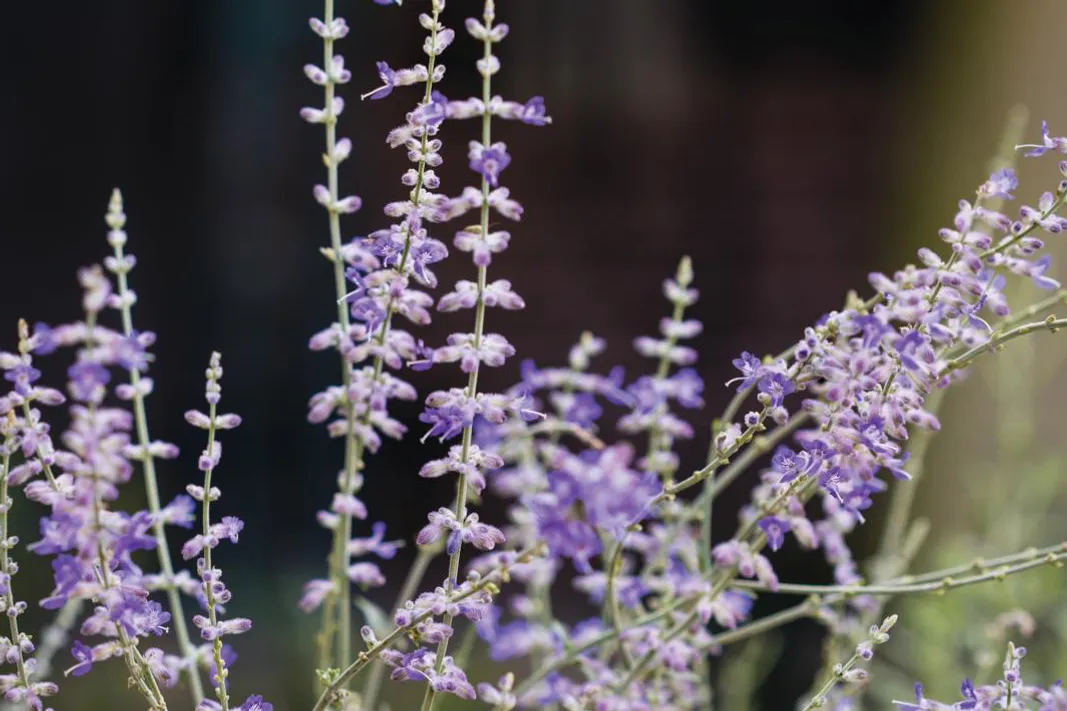
A small, late-flowering, deciduous sub-shrub with white stems, grey-green leaves and large plumes of lavender-coloured tubular flowers in late summer and early autumn.
Height 1.2m. Hardiness rating RHS H5, USDA 5a-10a.
Growing information and where to see and buy hardy cold-climate plants
Cultivation
- Create windbreaks on exposed sites to provide sheltered microclimates.
- Plant woody plants on slightly raised mounds in damp soil if you are unsure of their tolerance of waterlogging.
- Plant containerised trees and shrubs in square holes, slightly larger than the pot, then tease out the roots before planting.
- When planting woody plants in clay soils, make the planting hole slightly larger than the rootball – too large and it fills with water and may freeze. In other conditions the hole should be three times the size of the rootball.
- Plant in spring so there is time for plants to become established before the onset of colder weather.
- Protect plants of borderline hardiness by mulching around the roots, covering with horticultural fleece, growing in a sheltered, sunny position or under glass in colder climates, or in containers to be moved indoors in winter.
Hardiness
Wherever possible, we’ve listed the hardiness ratings for plants, which give an indication of the plant’s ability to endure cold conditions. Although several countries have their own plant hardiness ratings, we use the United States Department of Agriculture (USDA) scale, which assigns plants to zones from 1 (very hardy) to 13 (least hardy), and the Royal Horticultural Society (RHS), which runs in the opposite direction from H7 (very hardy) to H1a (least hardy), and tries to reflect the UK’s garden conditions.
You can find out more on both here.
Where to buy hardy plants
- Bluebell Arboretum and Nursery, Simsby, nr Ashby-de-la-Zouch, Derbyshire LE65 2TA
- Crocus, Nursery Court, London Road, Windlesham, Surrey GU20 6LQ
- Knoll Gardens, Stapehill Road, Hampreston, Wimborne BH21 7ND
Where to see hardy plants
- Arctic-Alpine Botanic Garden, University of Tromso, Hansine Hansens veg 18, 9019 Tromsø, Norway
- Drömparken, Munksundet, 745 31 Enköping, Sweden
- RHS Garden Wisley, Wisley, Woking, Surrey GU26 3QB
- Sir Harold Hillier Gardens, Jermyns Lane, Romsey, Hampshire SO51 0QA
